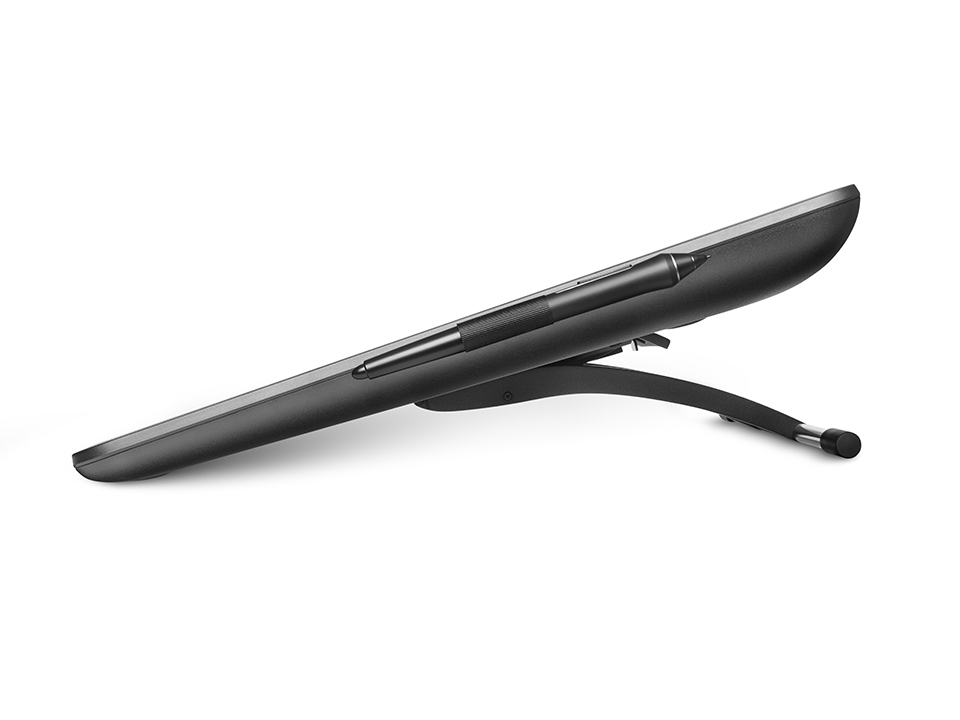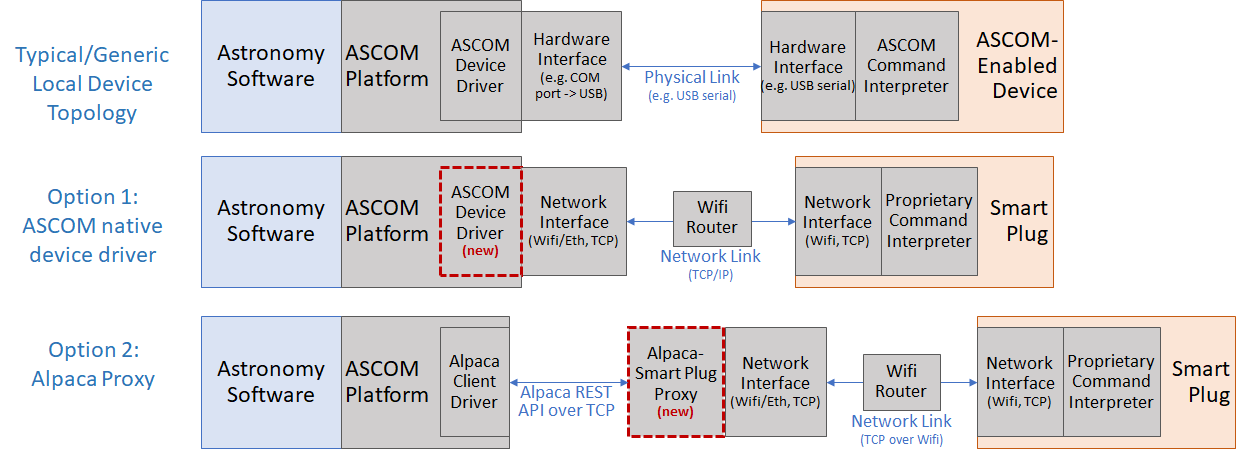Procedure 1. Step by step Howto

It had a SCSI interface (it's really old). When I got a newer Mac with USB, I bought a SCSI to USB adapter. Since that new Mac still ran Mac OS 9, and the SCSI to USB adapter had Mac OS 9 drivers, and the scanner had Mac OS 9 drivers, everything still worked. Then I upgraded to Mac OS X. There were no Mac OS X drivers for the SCSI to USB adapter. Bamboo wacom cth 470 driver download January 6, 2021 admin SCSI and RAID Devices No Comments The main difference is that the medium model can handle larger displays and feels more comfortable to use. WACOM CTE 430 DRIVER - Amazon Inspire Digital Educational Resources. Back to home page. I always had some trouble with Win 10 recognizing it after the Creators Update but all I had to do was unplug it and plug it in again and it would instantly work. Last working version should be 5. United States and many other countries See details. Wacom GDU driver for Mac OS X – Apple Community. You can see in the drivers that pressure is being done, but when I moved wacom intuos gd 0912 u a Windows program, like photoshop, nothing would be pressure sensitive. I can’t afford to replace my tablet right now. But there is no pressure and tilt sensitivity in painting programs.


Select Updates to see what (if any) updates are available for your Wacom product. Important: Your Wacom product must be connected to your computer to see available updates. If updates are available, select the respective link and carefully follow all instructions as you update your driver or product.
Linux Scsi Device
This note provides step-by-step instructions for connecting a Graphire 2 USB (G2) to a PC runningSuSE Linux 8.0. It has been tested on 2 PCs, one with an Asus A7V mobo with Voodoo3graphics card, using usb-uhci, and the other with an Asus A7N266-VM with onboard nVidiagraphics, using usb-ohci.
Comments, amendments, or further tips should be sent to kevin@dotmon.com.
This note builds on various items on the web, and I am grateful in particular to the authors of the following:
John's Linux USB Wacom Intuos Page http://www.joganic.com/wacom/. A superbly detailed explanation. The bits about the wacom driver itself are not relevant ? the SuSE driver does not seem to have the bug he refers to ? but the description of how to ensure the hardware is working is very helpful.
Wacom XInput driver for Xfree86 http://people.mandrakesoft.com/~flepied/projects/wacom. An important site for background on the basic driver. There are very useful forum archives at http://www.lepied.com/archive_wacom.html.
Graphire USB http://www.pxh.de/fs/graphire/. Home of the driver that makes it all happen.
Wacom Tablet HOWTO (Stefan Runkel) ? 11 August 2001. Very useful. Has tip for switching off your normal mouse if you want to use the tablet/pen the whole time (5.8).
Wacom USB mini-HOWTO (Arnaud Claden) ? 1 June 2000. Very out-of-date.
Tablette Wacom Graphire USB http://lea-linux.org/hardware/graphire.php. A short overview.
Ayoros' tutorial - Wacom Intuos/Grahire USB tablets under Linux HOWTO http://gug.sunsite.dk/tutorials/ayoros1/.
The following assumes that you have a fully-functioning basic install of SuSE 8.0, and that your USB subsystem is working. You can do a preliminary check by running:
This should give you a little GUI application which shows you your USB resources. If there seems to be something wrong here, you need to do more reading of various SuSE resources in order to sort that out before proceeding.
First of all, copy your existing XF86Config file to a backup, so that you can wind back if necessary.
If you have already attempted to install the G2, it is best to start from scratch. Unplug the tablet, andcomment out any related lines in your XF86Config file. Then examine what modules are currently loaded:
You should get something similar to the following:
If the module wacom is loaded, unload it:
Check for the existence of /dev/input/mouse0 and event0:
You should get:
Then run xxd on each of these devices (xxd 'creates a hexdump of a given file or input',according to the man page):
You should get a response saying 'No such device' to each. If you get a blank response for evdev, try:
and then try it again.
Check that graphireusb_drv.o is in /usr/X11R6/lib/modules/input:
(If you get a message that locate is an unknown command, install the package find-utils, which is not installed by default on a new system, and run updatedb. Then repeat the command).
Start usbview if it is not already running: (Alt+F2) usbviewand also get a window into the message log:
Plug the tablet into a USB socket. You should hear two beeps, and usbview should show a new device in the tree. The log should show something like this:
This shows the new device being recognised and assigned to input0 - information on pressure etc will be receivedon /dev/input/event0. The module wacom is loaded, followed by further modules, eg hid (Human InterfaceDevice), and mousedev - mouse information will appear at /dev/input/mouse0.
Now you can check whether the PC is receiving a data stream from the device:
Bring the mouse or stylus into contact with the tablet and move it about. You should get something like this:
Press Ctrl-C to exit xxd. You can then try:
and you should get something similar.
The next thing is to set up the tablet in X. Launch the mouse portion of Sax2:
(the sux is needed because this is a GUI application) Download supra - utc fire & security driver.
Select Add, Tablet, Wacom, Graphire/Intuos (USB), and from the Expert tab change the driver to graphireusb. Thenpress OK. Then select Add, Pen, Wacom, Graphire/Intuos Stylus (USB), change the driver, and press OK. Finally,select Add, Pen, Wacom, Graphire/Intuos Eraser (USB), change the driver, and press OK. Then press Finish, Save configuration, and Yes to exit Sax2.
XF86Config will now have additional InputDevice sections for the tablet, as shown here:
However, these need to be edited, and further items need to be added.
Open the file in an editor:
and make changes as follows.
In the Module section, add:
to load the tablet driver.
In the InputDevice section for the tablet, change the lines:
to read:
In the InputDevice section for the stylus, change the lines:
to read:
In the InputDevice section for the eraser, change the lines:
to read:
Note that you MUST use these names with the graphireusb driver. If you use any others, the XServer will error on startup: 'No type or invalid type specified' (the message will be in the log at /var/log/XFree86.0.log). This means that using graphireusb gives fewer options than using the wacom driver, since you can't set up the same physical device as two logical devices (see section 5.12 of the Wacom HOWTO).
Next, in the ServerLayout section, add:
The revised sections should then look something like this:
Save the file XF86Config, and then close all windows and log out (to restart X). Syx systemax drivers. When X starts up again, log back in. If X does not start, log in as root at the console, and run:
and
which should give you an indication of the error. Correct it, log out, then log in as yourself, and run startx to launch X. If it still doesn't oblige, log back in as root, and revert to the old XF86Config file:
Then go through the above steps again from scratch. Note that the USB subsystem is a bit fiddly on 8.0, and you may have to experiment with unloading various modules, or even rebooting to get a clean start environment.
If all has gone well, and X has started without any problems, the above two commands should show something like this:
This shows that the 3 new devices have been recognised, and that the driver for the tablet has been loaded OK.
It is also possible to use the wacom driver instead of the graphireusb driver. To do this, just replace in the XF86Config file the words 'graphireusb' with 'wacom', 'gmouse' with 'cursor', 'gstylus' with 'stylus', and 'geraser' with 'eraser', so that the end result looks like this:
Log out and back in again, and a grep of the X log will show that the device has been started OK:
There may be good arguments for using one driver rather than the other, but I don't know what they are! The best one I can see for using the wacom driver is that the graphireusb driver seems not to start properly sometimes. It complains that an invalid threshold has been set, and resets that to 0, which seems to prevent the pen and eraser working. Inserting
or
into the InputDevice sections for the pen and eraser worked sometimes, but not always.
More serious is the fact that under both drivers, unplugging and replugging the tablet will mean that the GIMP loses contact with it, and doesn't see it when it is plugged in again. It is recognised OK by the system, so this may be a GIMP failing. The tablet input devices are still listed, but they are not operational. Logging in again andrestarting GIMP leads to no devices at all being recognised. The only thing that works is a reboot! Pretty drastic.


